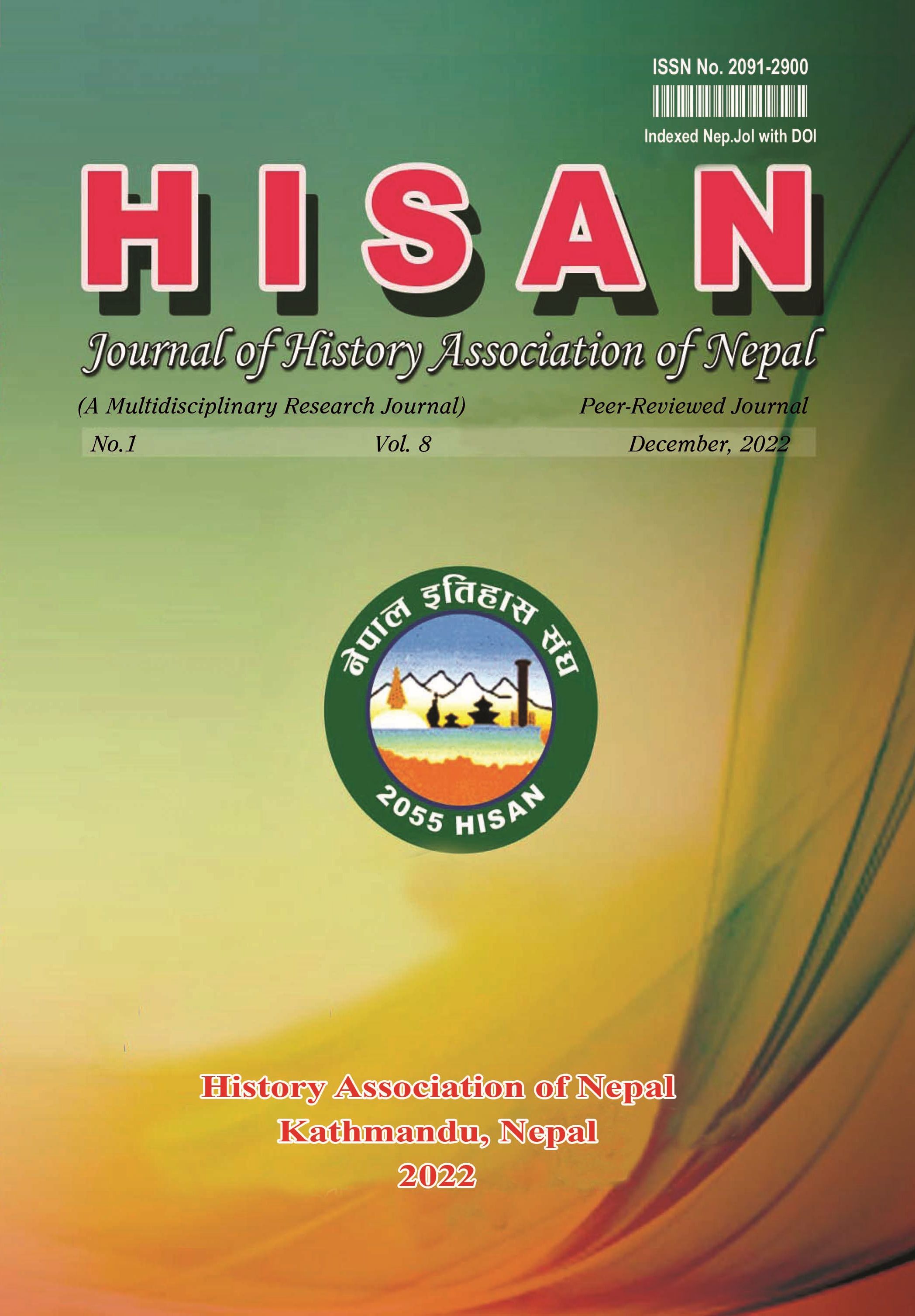Serpent Culture in Nepalese Society
DOI:
https://doi.org/10.3126/hisan.v8i1.53062Keywords:
festival, lakhapanche, mithila, terai, tharuAbstract
Serpent culture is found in many religions and cultural groups across the world from time immemorial in different forms, i.e. art, festivals, and worship, due to religious and ecological diversities. It is associated with water, earth, trees, longevity, fertility, and is considered a killer, protector, or both. This article explains the culture related to serpents found in Nepal, especially the Maithili and Tharu people of Terai. This article explains the serpent culture of Nepalese terai. The emic view of serpent belief and practices is supported by etic perception during the collection and analysis of data. It is found that serpent culture denotes the belief system, gender role, leadership practices, social bonding, art skills, understanding of nature and natural objects, human desire, cosmology, and above all, it is the system of preservation of tangible and intangible culture.




